It’s so hard to know how to explain Thanksgiving to children. How can we, as parents and educators, center the experience of Native American people rather than the story of Thanksgiving from the colonizers’ perspective? We’ve created these 5 steps to help you integrate Native American and Indigenous voices into your family’s learning all year long.
TIP 1: Don’t Wait for Thanksgiving
“Critical Race Theory” is a hot topic in many homes, school districts, and on social media these days. Many states have even started to remove or ban books that approach topics like race, gender, and sexuality. Like many things, tensions and conversations around this can escalate quickly, and that can make it difficult to have the real, meaningful conversations that our country so desperately needs!
We need to learn to have these conversations as adults to impact lasting change, but there is also so much we can do in our own homes today by having calm, regular, and proactive discussions with our kids to help them grow up to become more empathetic, conscious, and equality-focused humans.
At Little Feminist, we believe it’s never too early to start talking about topics like racism and systematic inequalities. Studies show babies as early as 6-months old recognize race. Hard topics can be made age-appropriate with the aid of books and resources – like those listed below.
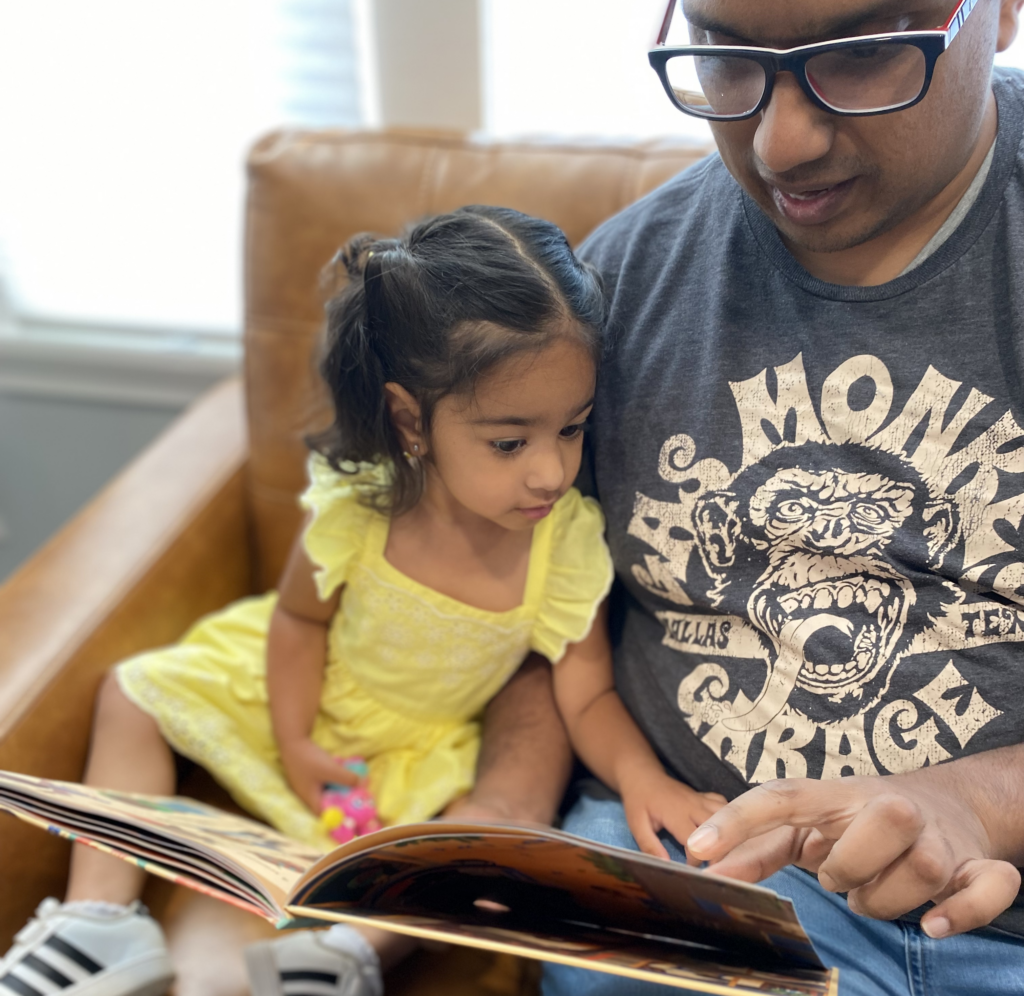
TIP 2: Learn What Really Happened at the First Thanksgiving
Most of us know that the feel-good Thanksgiving story we grew up with isn’t historically accurate — though most of us may be a bit fuzzy on the truth, too! It can be hard unlearning things we’ve been socialized and taught to believe, but it’s worth it. Our children deserve to see us do this work and need to hear the real story in age-appropriate ways but also have year-long exposure and access to Native American representation in books and media. Check out this article we wrote to learn more about the true story of Thanksgiving, and keep reading for tips to foster a broader understanding and awareness of Native people, cultures, and traditions with your little feminist this Thanksgiving and all year long!
TIP 3: Be Specific – Introduce Your Children to the Wampanoag People
In the US, there are nearly 600 federally-recognized tribal nations today and 63 state-recognized tribes. Each has its own rich history, beautiful present, and hopeful future — as well as unique customs, traditions, language, and more. Like many first-contact stories, it’s common to know far more about the Pilgrims, their history, and even to be able to name the ship that brought them here but not know the name of the specific tribal nation they encountered — the Wampanoag.
The Wampanoag people have lived in present-day New England for over 12,000 years! Wampanoag means People of the First Light because their land sees the first sunrise each day. You can combat further erasure when sharing about Thanksgiving by being specific when talking about the Wampanoag people.
- Snuggle up with your kids and check out this video of a Mashpee Wampanoag language protector offering a blessing at the beginning of last year’s Thanksgiving parade. Point out and celebrate the traditional regalia and instruments and marvel at the beautiful language together.
- Enjoy this Instagram Reel created and shared by Kara Roselle Smith (Chappaquiddick Wampanoag) to learn more about traditional Wampum! Kara is an afro-indigenous model and writer, and the Chappaquiddick Wampanoag account is a great one to follow!
TIP 4: Celebrate and Remember Real People – Who was Tisquantum?
Commonly referred to as “Squanto,” Tisquantum was Patuxet and served as an interpreter for the Pilgrim settlers at Plymouth, and played a critical role in the Thanksgiving Story. What’s less focused on is how and why Tisquantum spoke English: years before the first Thanksgiving, Tisquantum was kidnapped, enslaved, and taken to England. When he returned to his homeland, he found everyone had died of smallpox brought by early colonizers, and he later joined the Wampanoag tribe.
This AMAZING Lesson Plan Booklet created by Dr. Star Yellowfish (Keetoowah Cherokee) and Cholakocee Werito (Muscogee Creek & Navajo) beautifully layout simple facts about Tisquantum, the 1600s, the English, and more in language that school-age learners can understand! This Booklet also includes amazing culturally appropriate lessons and craft ideas to replace the common “feather headdress” craft that reinforces harmful stereotypes.
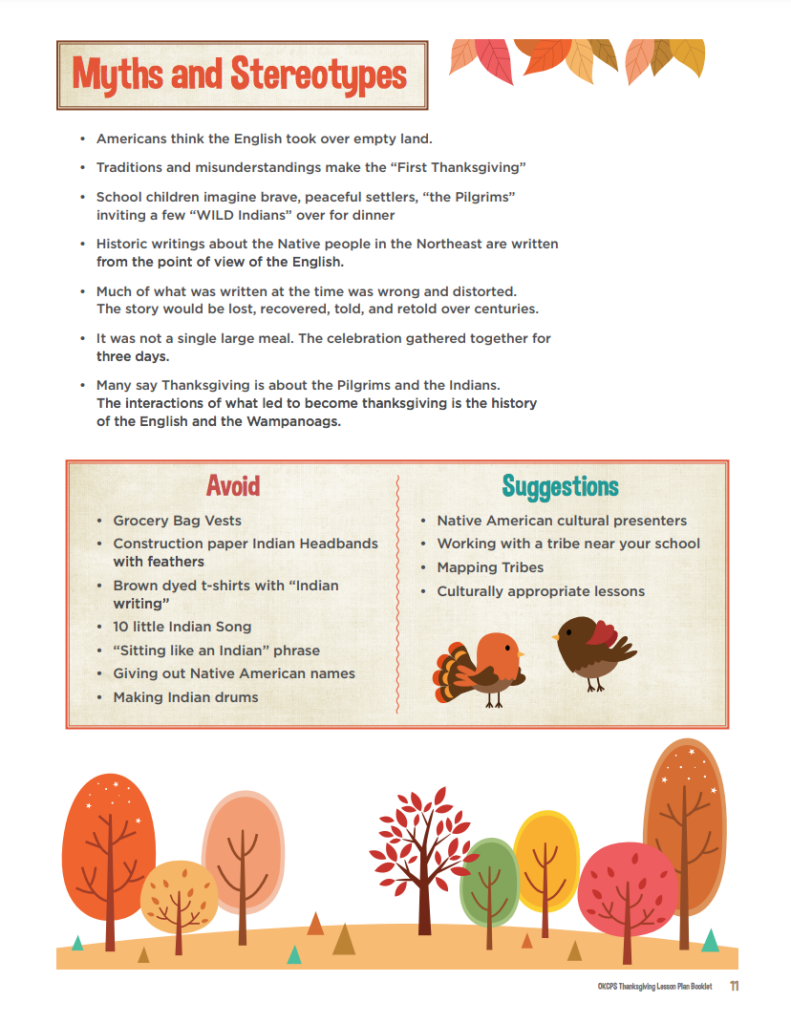
TIP 5: Learn From Indigenous Voices
The most important thing you can do is read stories written by Native Americans. Centering narratives told by Native and Indigenous peoples’ Own Voices is the best way to discuss and re-educate your kids about the real Native American history, culture and traditions. Be sure also to keep the conversation going long after Thanksgiving and as often as possible. Here are four books we love:
May We Have Enough to Share
This beautiful compilation of indigenous representation paired with lyrical text will have you tearing up, and your little ones will love looking at so many baby faces!
Ages 0-3
What we love: A board book filled with indigenous family photos taken by indigenous womxn photographers? YES, please! All these photos were sourced from the photo collective Tea & Bannock – check them out!
Things to know: We love how the #OwnVoices makers of this book carry over to even the detailed beaded art on each page. We swooned when we checked out all the beautiful Native-artist-made jewelry on Creations for Continuity.
We Are Grateful: Otsaliheliga
Ages 3-7
Follow the seasons with the Cherokee community as they show gratitude for everything and everyone around them.
What we love: We Are Grateful is the perfect book for breaking down the myth of the ‘First Thanksgiving’ as indigenous communities have practiced many formal and informal thanks-giving traditions for centuries.
Things to know: Pronouncing words in a brand new language is great for stretching your brain. How cool that you and your little feminists can learn together!
Fry Bread
- For ages 2-5
Learn about a yummy traditional Native American recipe through this adorably fun book!
What We Love: Fry Bread is filled with texture-rich illustrations that showcase a modern Native American family that is made up of several races. Also, the intricate illustrations of the bread itself will make you and your little feminist want to start cooking!
Things to Know: Thankfully, the author provides a recipe for fry bread in the back of the book, so you and your little feminist can make your own once you’re finished reading.
Keepunumuk: Weeâchumun’s Thanksgiving Story
- For ages 4-8
Centering on the Wampanoag people, this is the story of Keepunumuk, the Pilgrims’ first harvest. A day Americans call Thanksgiving but that many Native Americans call a “day of mourning.”
What We Love: The lyrics and rich imagery help convey this much-needed story. The “before you begin” was helpful for many of us, where we learned more about the sacred relationship between the Three Sisters (Corn, Bean, and Squash) and human beings. The backmatter had even more information about the Wampanoag, an invitation to make a Spirit Plate, and a traditional recipe!
Things to know: The Wampanoag people believe that guardian spirits take the form of animals and plants, and with this understanding, you can understand more about the Three Sisters, Corn, Beans, and Squash. It was the Three Sisters who asked the Wampanoag to help the Pilgrims, and when they did, the lives of the Wampanoag and Pilgrims were changed forever.
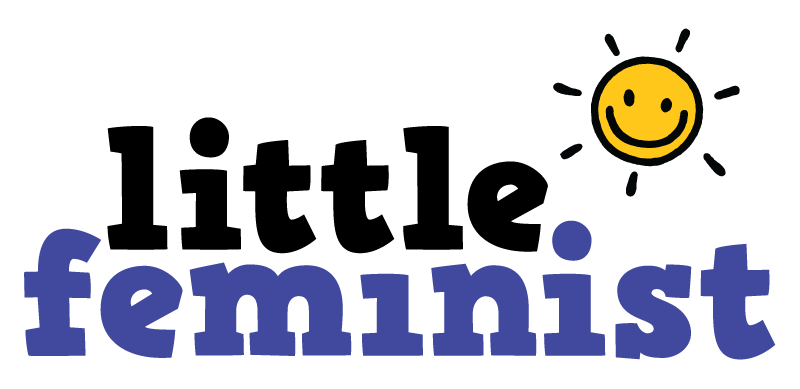


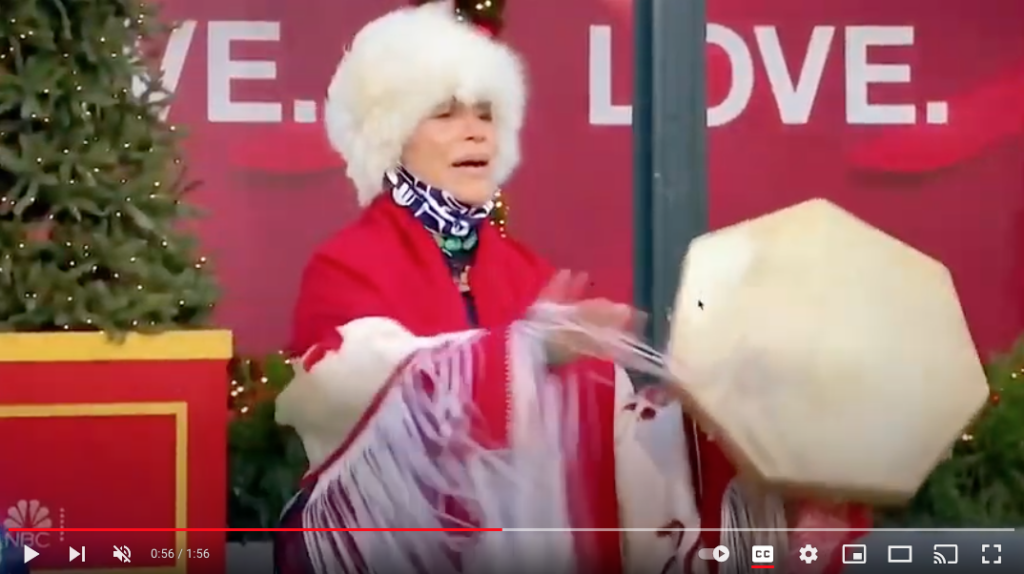
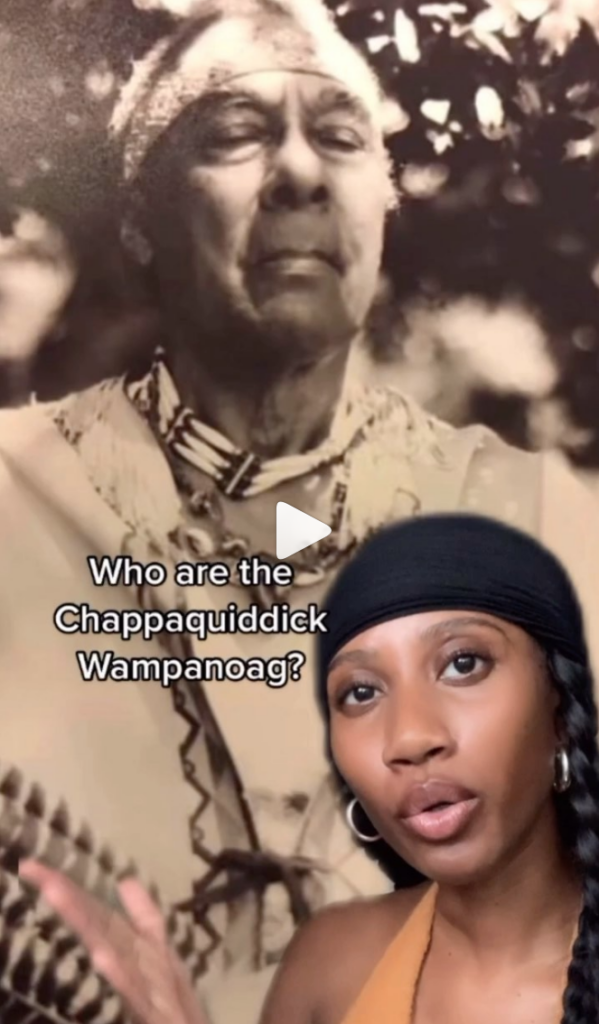
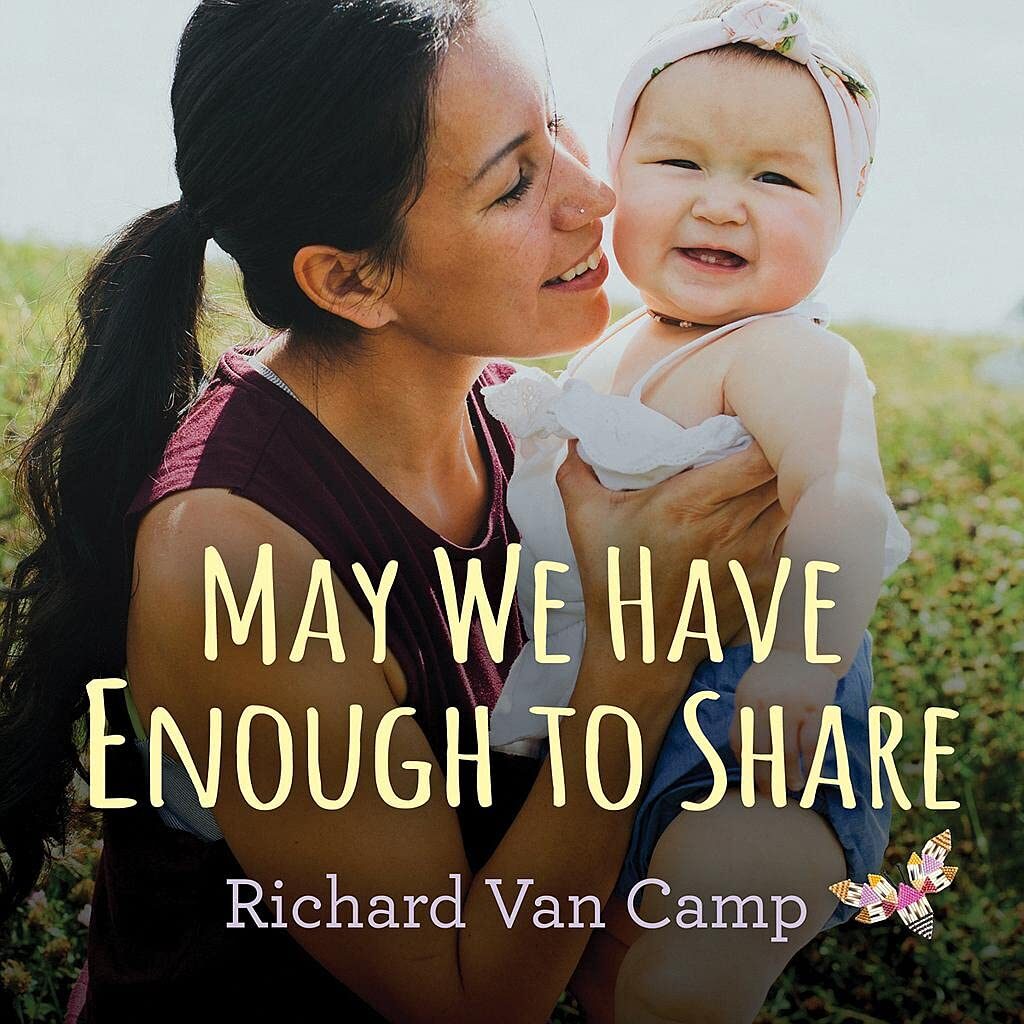


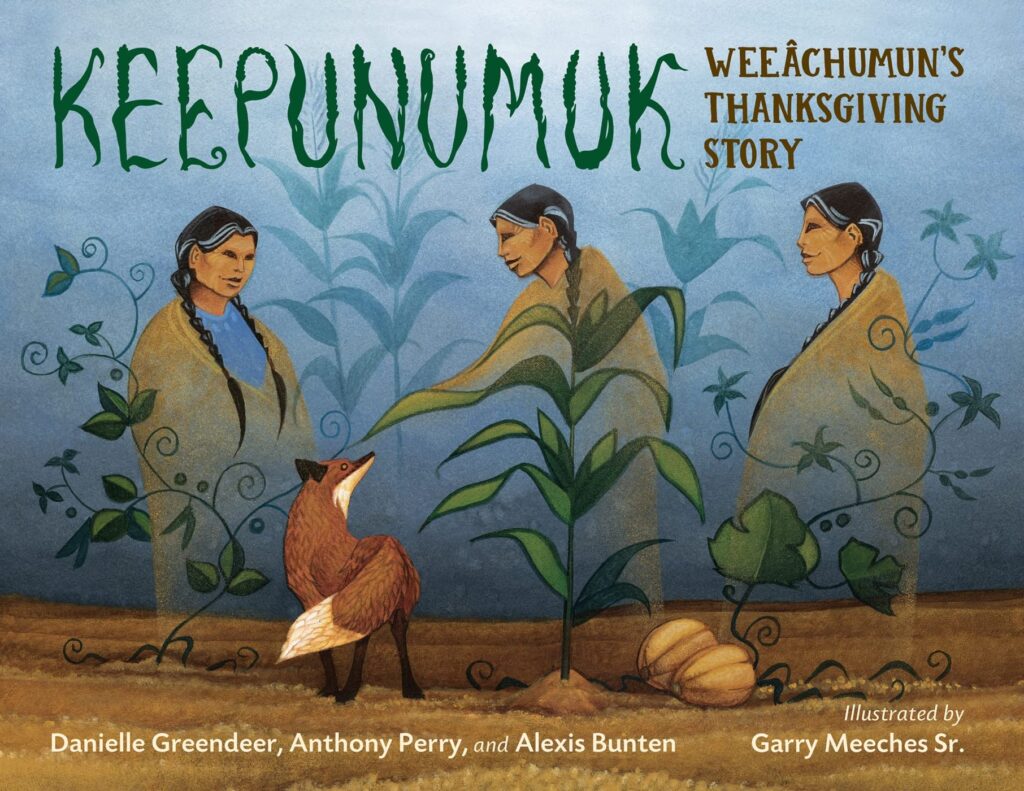
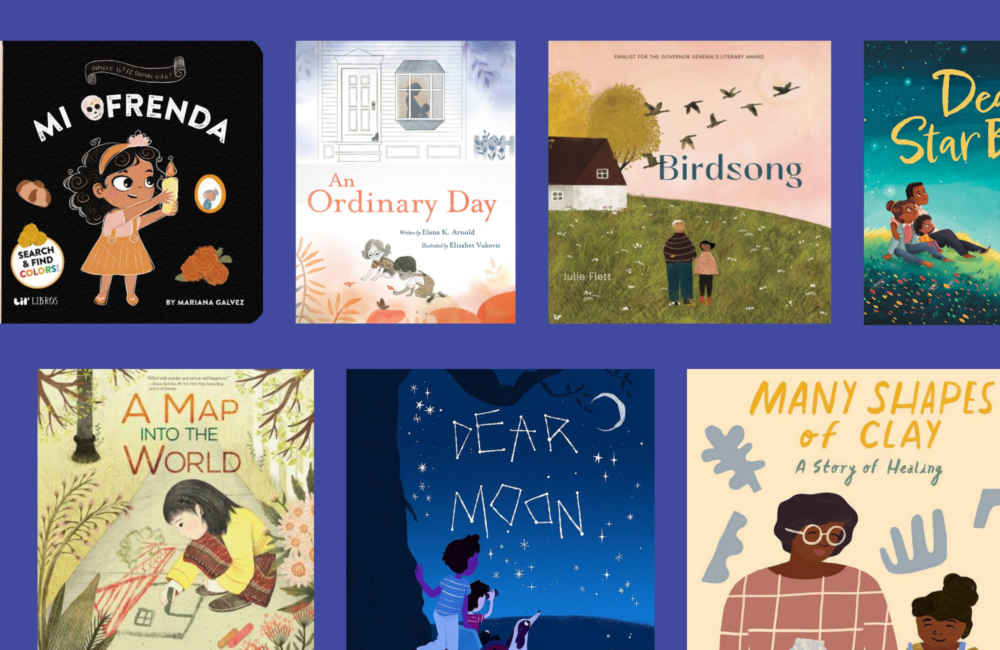
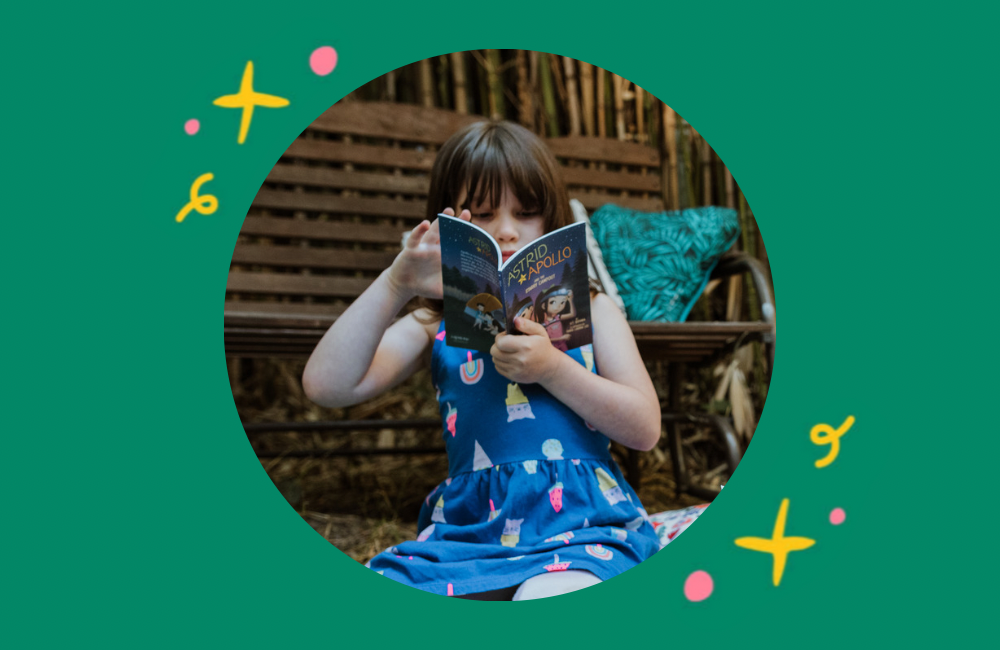
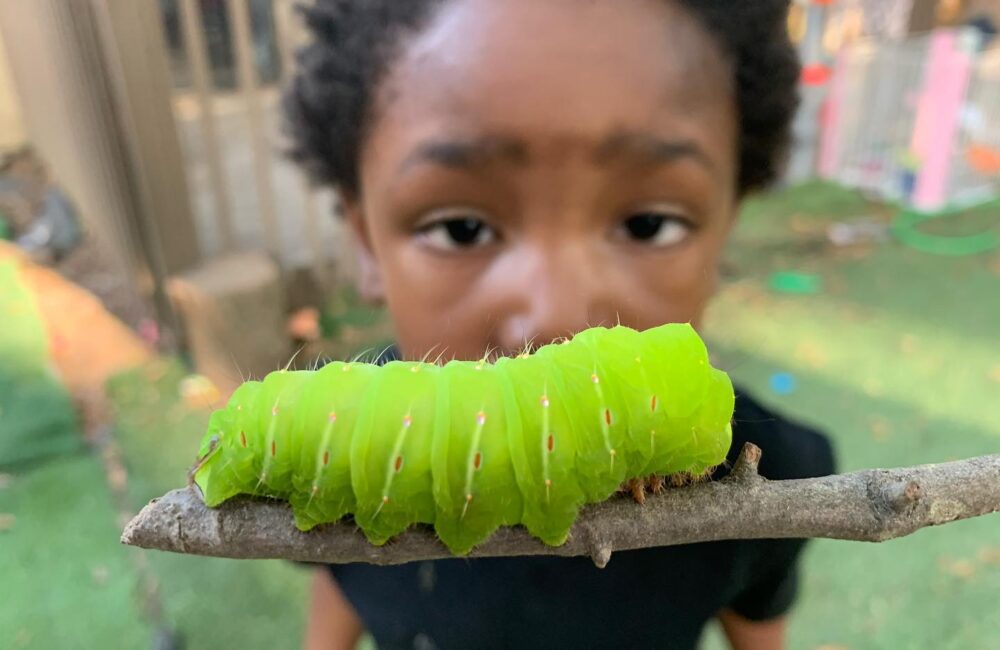
 in Oakland, CA
in Oakland, CA